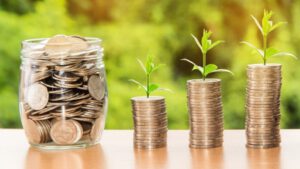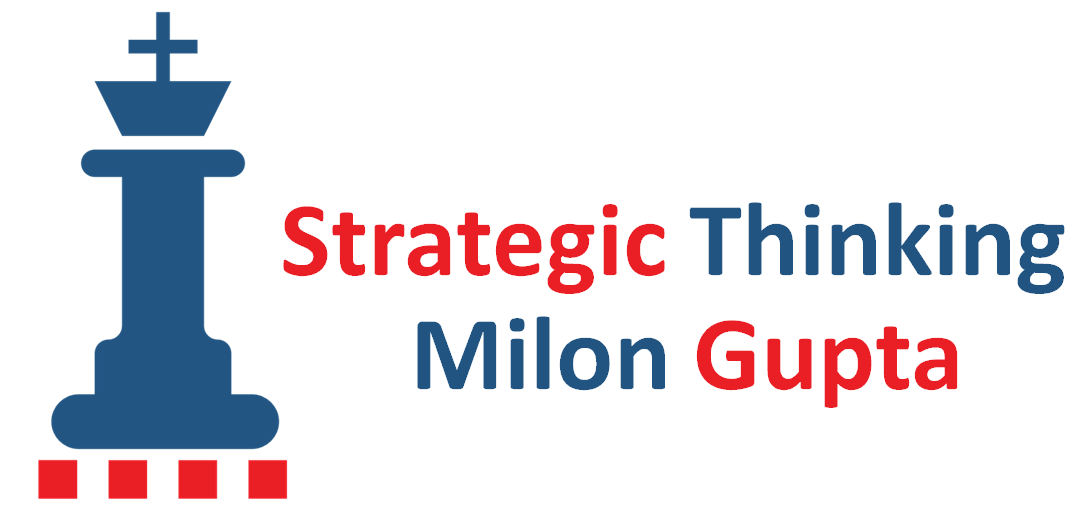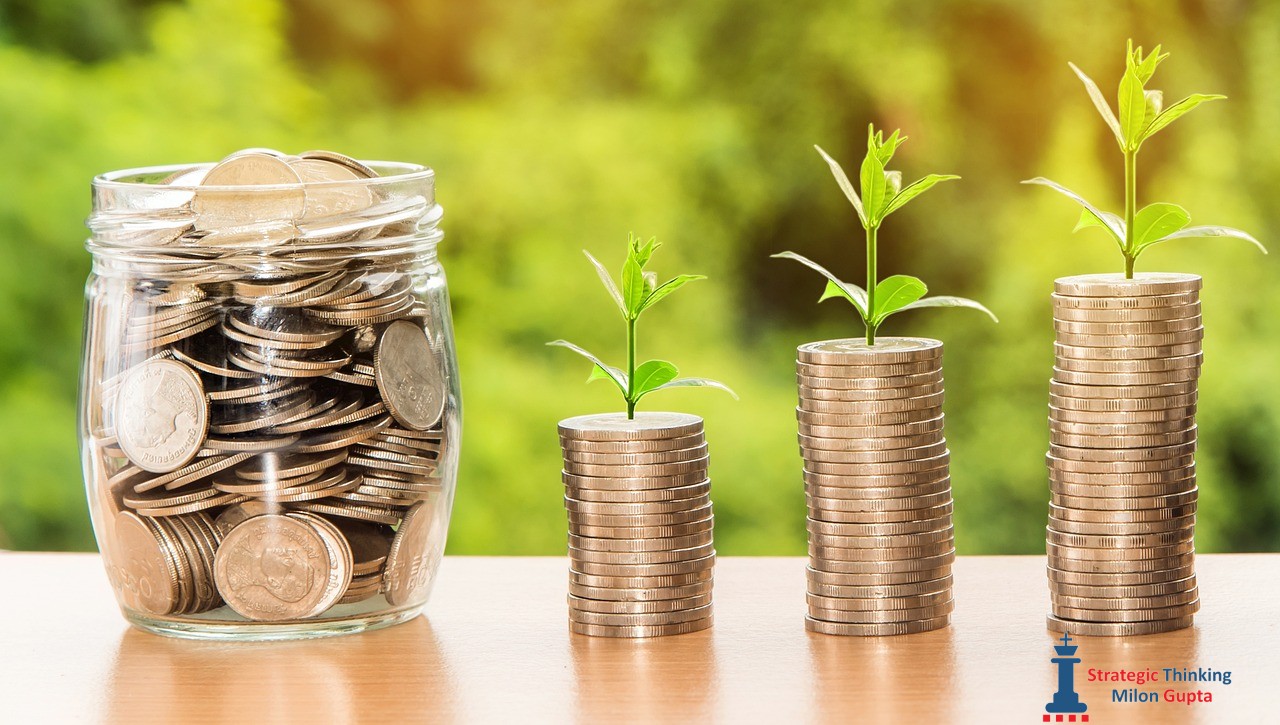For medium-sized companies, the sustainability of their business activities has always played a major role. The long-term existence of the company is more important to them than high quarterly profits. Accordingly, CEOs of SMEs generally have a positive attitude towards sustainability.
However, their ideas on the content and significance of sustainability for their own company vary widely. And this is reflected differently in strategic and operational actions.
Varying importance of sustainability in the SME sector
According to a Haufe study on corporate sustainability of SMEs (February 2024), only 15% of the interviewed CEOs consider sustainability to be a fundamental part of their corporate strategy. A further 30% have firmly anchored sustainable management in their corporate practice. The largest group of respondents, 35%, have only recently become intensively involved with sustainability. The remaining 20% are skeptical about sustainability and see it primarily as a burden.
Even if this survey is not representative, it does reflect the different attitudes and actions of SMEs with regard to sustainability. It confirms my impression that so far only a (growing) minority of companies consider sustainability to be a strategic top priority. The others also have tangible reasons why they should now systematically drive forward their sustainable business development. It is important to consider the triad of sustainable business development.

The triad of sustainable business development
Sustainable business development is based on the harmonious triad of economy, society and environment, also known as “people, planet, profit”. These three dimensions are closely interlinked and form the basis for sustainable corporate management.
 Social sustainability refers to a company’s responsibility towards its employees, customers and other stakeholders. Through their actions, these stakeholders can grant the company a “social license to operate” – or withdraw it, e.g. through the departure of employees or non-purchase by customers.
Social sustainability refers to a company’s responsibility towards its employees, customers and other stakeholders. Through their actions, these stakeholders can grant the company a “social license to operate” – or withdraw it, e.g. through the departure of employees or non-purchase by customers.
Social sustainability includes fair working conditions, education and training, diversity, health and safety in the workplace and community involvement. Social sustainability thus contributes to creating trust and acceptance for the company and to positive effects for society as a whole.
 Ecological sustainability aims to minimize the negative effects of a company (ecological footprint) on the environment and maximize the positive effects (ecological handprint). This includes measures such as reducing greenhouse gas emissions, energy efficiency, resource conservation and waste avoidance. By integrating environmentally friendly practices, companies can not only improve their environmental footprint, but also save costs and strengthen their reputation.
Ecological sustainability aims to minimize the negative effects of a company (ecological footprint) on the environment and maximize the positive effects (ecological handprint). This includes measures such as reducing greenhouse gas emissions, energy efficiency, resource conservation and waste avoidance. By integrating environmentally friendly practices, companies can not only improve their environmental footprint, but also save costs and strengthen their reputation.
 Economic sustainability means that a company remains profitable and competitive in the long term. Among other things, this requires good corporate governance, the development and implementation of sustainable business models and the responsible use of resources. Key aspects of economic sustainability include resource efficiency, supply chain resilience, product and service innovation and holistic risk management.
Economic sustainability means that a company remains profitable and competitive in the long term. Among other things, this requires good corporate governance, the development and implementation of sustainable business models and the responsible use of resources. Key aspects of economic sustainability include resource efficiency, supply chain resilience, product and service innovation and holistic risk management.
As the aspects of the three dimensions mentioned above show, sustainability is about more than energy efficiency and the reduction of greenhouse gas emissions. When it comes to greenhouse gas emissions in particular, it is clear that all three dimensions are interlinked: Reducing CO2 emissions slows down global warming (planet), reduces the negative consequences of the climate crisis for society (people) and saves money (profit).
Why companies should make sustainability a strategic priority
According to a PwC study from 2023, only 11% of the family businesses surveyed in Germany have a clear strategy in the area of ESG (environmental, social, governance). Together with the cited results of the Haufe study, this gives the impression that sustainability is not yet a strategic priority for most SMEs. In other words, most SMEs are probably at one of the lower 3 of 5 levels in terms of their strategic sustainability: 1. minimal, 2. sporadic, 3. ambitious, 4. integrated, 5. excellent. Only a minority have apparently made it to levels 4-5 so far.
 For companies that are still at one of the lower levels, there are 5 good reasons to change this soon and make sustainability a strategic priority:
For companies that are still at one of the lower levels, there are 5 good reasons to change this soon and make sustainability a strategic priority:
1. Sustainability is a competitive advantage
Sustainable business practices can help SMEs to stand out from their competitors. Customers increasingly value sustainability and prefer products and services from companies that act in an environmentally and socially responsible manner. With a clear sustainability strategy, companies can strengthen their market position and win new customers.
2. sustainability reduces business risks
The integration of sustainability principles helps companies to better manage risks. Environmental and social risks, such as supply chain disruptions or regulatory changes, can have a significant financial impact. A sustainable business model can mitigate these risks and increase the company’s resilience.
3. sustainability increases cost efficiency
Sustainable business practices often lead to a more efficient use of resources and therefore to cost savings. Energy efficiency measures, waste reduction and resource conservation not only help to protect the environment, but also reduce operating costs. For medium-sized companies, saving scarce resources can become a competitive advantage.
4. sustainability promotes employee loyalty and motivation
Companies that are committed to sustainability can increase their attractiveness as an employer. Employees appreciate a working environment that promotes values such as fairness, responsibility and environmental protection. This can lead to higher employee satisfaction, motivation and long- term loyalty.
5. sustainability improves access to capital
Sustainability is playing an increasingly important role in raising capital. Investors and financial institutions prefer companies that implement sustainable business strategies and report on them transparently. Good sustainability management can therefore facilitate access to finance and enable more favorable conditions.
In summary, it can be said that sustainable business development not only represents an ecological and social responsibility for SMEs in Germany, but also offers considerable economic benefits. The question remains as to how companies can systematically drive forward their sustainable business development.
Next steps towards more strategic sustainability
I recommend the following three steps to companies that want to expand their strategic sustainability – and thus their competitiveness:
Step 1: Take stock
First of all, you should take stock of what level of strategic sustainability your company is currently at. In my blog post on “Strategic sustainability”, you will find some pointers for an appropriate assessment.
If you are unsure which level best describes the status of your company, please contact me – I can help you arrive at a more precise assessment in a free consultation lasting around 30 minutes.
Step 2: Create a plan
To get to the next level of strategic sustainability, you need a plan. In it, you should describe what you want to achieve by when and what resources (working hours, external consulting services, financial expenditure) you need to achieve your goals.
The plan should be ambitious, realistic and comprehensive enough to get you started. However, spending too much time planning can be detrimental, as things will change along the way anyway that you cannot foresee. It is more important to get started than to work out the final details of the plan beforehand. If in doubt, reduce the scope and complexity of the planned measures. In any case, I recommend calculating the expected return on investment (ROI) for each sustainability measure in order to make a sound business decision.
Regardless of whether you get support from an external consultant, you should always have an internal core team for planning and implementing your project.
If you need support with your planning, please schedule a free initial consultation with me.
Step 3: Get started
Don’t wait too long to start your planned activities. Otherwise your project for more strategic sustainability could get lost in day-to-day business. Ideally, you should integrate the planned changes into day-to-day business as well as possible. The core team should discuss progress regularly and, above all, discuss deviations from the plan openly and in a solution-oriented manner.
The sooner and faster you drive forward the sustainable business development of your company, the sooner you will see positive effects, including greater competitiveness and an increase in company value.

